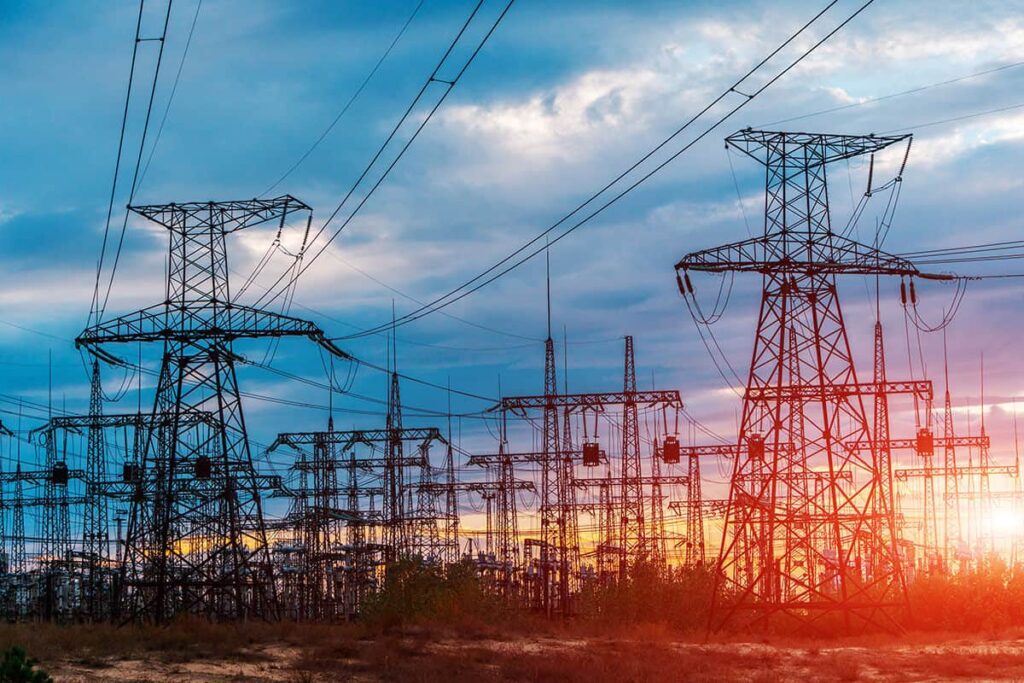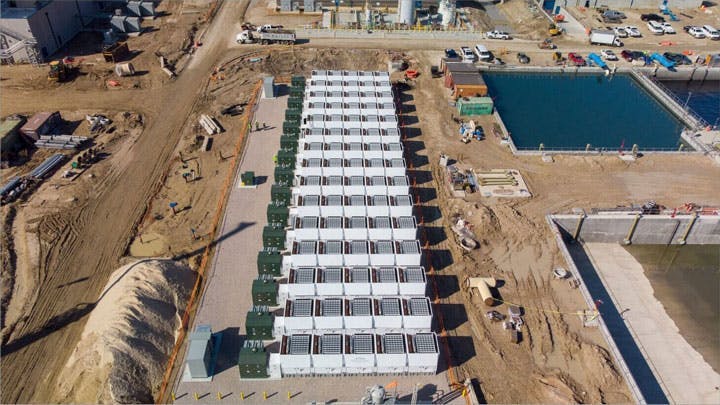Ariel Cohen
Contributor
Forbes Magazine
The Texas power grid, 90 percent of which is managed by the Electric Reliability Council of Texas (ERCOT), is unique in the United States. Unlike other states, Texas operates an independent power grid with very minimal connection to the two national grids: the Eastern Interconnection and the Western Interconnection. This independence is deeply rooted in the state’s preference for minimal federal oversight, yet it has repeatedly exposed vulnerabilities that have had dire consequences for millions of Texans.
In the past, ERCOT moved slowly on this and other issues, allowing weak points to accumulate. This eventually led to disaster: the massive 2021 blackouts. Heading into 2025, Texas seems to be in a better position, but this is very much a work in progress, and a great deal more remains to be done.
Across the summer and fall of 2023, ERCOT issued 13 calls for Texans to minimize their energy use. The summer of 2023 was hotter than average, with high energy demands that the ERCOT grid struggled to meet. While the past several years have drawn scrutiny toward the Texas grid, the summer of 2024 appeared to be the starting point of a more workable approach.
The day with the highest energy demand in the Summer of 2024 used a very different energy mix than during the peak day of 2023. At its highest point, solar provided 12.9 gigawatts for the ERCOT grid in 2023, while the peak load on the grid was ~85 gigawatts. In 2024 that number was up to 19.6 gigawatts for solar with the same peak load of ~85 gigawatts. In other words, in one-year, solar energy went up from 15.7% of the mix to 23%.
With the same load and greater solar power generation, the energy output from natural gas was lower during the peak days of 2024. Energy storage also made a small dent in the 2024 peak load number, providing between 1-4 gigawatts. Despite facing similar demand to the previous year, Texas did not struggle to meet demand in 2024, largely due to the expansion of renewables.
Interconnection of power grids allows for improved reliability and other benefits, such as emergency power sharing and greater access to renewable energy during peak hours. Per ERCOT’s December 2024 Report on Existing and Potential Electric System Constraints and Needs, Texas currently has very minimal asynchronous ties – “two connections to the Eastern Interconnection with a total capacity of 820 MWs and two ties to the Mexican system with a total capacity of 400 MWs.”
Connectivity Coming to the Texas Grid
Another initiative that will potentially help the Lone Star State keep moving towards a more reliable grid is the Southern Spirit Transmission project, which will connect the ERCOT grid to the national grid through states in the south. The project will allow up to 300 MW of power to be shared across Texas, Louisiana, and Mississippi, increasing power grid reliability in each state. While Southern Spirit is still in its infancy, the private developer, Pattern Energy, projects construction start for 2028 and service beginning as early as 2031. ERCOT’s media office informed us via email that the project was approved by the Public Utility Commission of Texas in 2022, with the condition that the costs are not to be borne by Texas consumers, while Louisiana and Mississippi have yet to give their approval. However, there seem to be reasonable grounds to expect the project to move forward. In October 2023, the Department of Energy announced plans to support several power grid projects, Southern Spirit being one of them.
Weather Hazards to the Texas Grid
Although the Texas power grid has made some progress, its challenges are far from resolved, and new issues are emerging rapidly. One of the major threats remains the weather. As this past hurricane season demonstrated, utility companies struggled with weather preparedness. Hurricane Beryl struck early on July 8, 2024, leaving 2.6 million CenterPoint Energy customers without power. It wasn’t until July 18 that the company restored electricity to nearly all its customers.
The Texas grid was also underprepared for ice storms during the winter of 2023. The damage done by Winter Storm Uri in 2021 was a catastrophe. The lack of weather preparation for the Texas grid ultimately led to the deaths of 246 people. In the wake of Uri, Texas made some changes, requiring weatherproofing of the power generation stations under ERCOT’s supervision in 2022, with the Texas Railroad Commission (which oversees gas production facilities) finalizing regulations and beginning enforcement inspections in 2022. However, the winter storm in 2023 ended up knocking out power for 262,000 Texans, an improvement from 2021, but an unacceptable number, nonetheless.
The weather will only become more extreme as climate change accelerates. While power generation is essential for a stable grid, it is equally important to strengthen it against environmental challenges. Enhancements to power line durability could be achieved by using materials that are stronger than wood for electrical poles, situating poles closer together, clearing trees from around nearby poles, or even burying power lines in certain areas. The main obstacle to weatherproofing the Texas grid will be the associated costs. In its email, ERCOT stated that as of this winter, it is “entering its fourth season … (having completed three seasons) of winter weatherization inspections with enhanced requirements for generation and transmission facilities, and it conducted its second summer weatherization inspections this past summer 2024).”
The Blessings and Challenges of Economic Growth
A further challenge facing the Texas grid is increased demand. Due to a combination of factors, including migration from other states, Texas is now the second most populous state in the U.S. after California. The state’s business sector is also growing rapidly, and Texas has become the eighth-largest economy in the world. More businesses and a larger population will also lead to an increase in energy-hungry data centers, electric vehicles, factories, and more. This trend can only be sustained if the Texas grid is fully prepared to supply power reliably and can respond to sudden spikes in demand. While ERCOT’s 2024 Report indicates a steep upward trend in electricity needs, the state also faces transmission constraints and limitations on energy production from its current power supply facilities.
Some of the earlier grid issues and catastrophic failures are being addressed through a more diverse energy production approach and a modest increase in connections to the national grid. However, current weatherproofing efforts have been insufficient, and this work must persist. Each shock to the grid will affect Texans, and systematic measures are necessary to prevent outages. To ensure the best outcomes for Texas taxpayers, the grid must be more effectively connected to the existing U.S. interconnections as swiftly as possible, allowing for redundancies when adverse weather conditions strain local infrastructure. Additionally, the state grid must be fully weatherproofed.
Furthermore, the twin challenges—transmission congestion, which requires additional power lines, and inadequate generation capacity to meet near- and mid-term projected demands—should instill a distinct sense of urgency. In this context, the limited role that ERCOT anticipates for nuclear energy may need reevaluation. By 2039, ERCOT projects only 5,153 MW from this zero-emissions energy source, as stated in its 2024 Report, which indicates that “significant growth in wind, solar, natural gas, and battery energy storage is anticipated to replace retired coal capacity and meet increasing demand.”
During the catastrophic winter of 2021, energy production faltered due to extreme weather, particularly with the gas-powered generation, which experienced the greatest decline. It seems reasonable to consider adding a few well-protected nuclear power stations to diversify the energy mix and help the state prepare for unpredictable weather and sharply rising energy demand. Both the state and the Department of Energy are responsible to their citizens for ensuring the safe and reliable operation of the grid.



